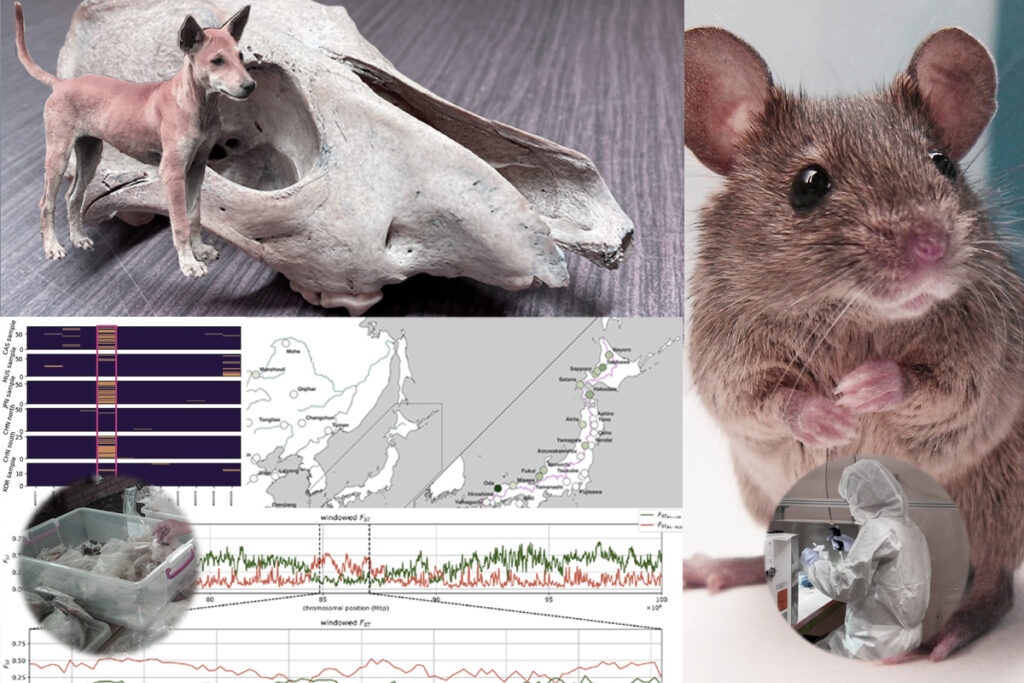
Naoki OSADA
Principal Investigator
Associate Professor, Faculty of Information Science and Technology, Hokkaido University
I'm currently working on the population genomic analysis of various organisms. I would like to clarify the relationship between humans and animals in the Japanese archipelago through collaborative work in archaeology and genomics. After our ancestors began living in the Japanese archipelago, many animals arrived along with the movement of humans. While human society and culture have undergone significant changes through the utilization of animals, animals, on the other hand, have continued to evolve by adapting to environments created by humans. I hope to shed light on some aspects of this mutual interaction between humans and animals through population genomic analysis.
Team Members and Research Themes
- Takao Sato (Professor, Faculty of Letters, Keio University): Research on environment formation through zooarchaeology with a focus on dogs.
- Kazumi Hongo (Associate Professor, Research Center for Integrative Evolutionary Science, The Graduate University for Advanced Studies): Research on environment formation through zooarchaeology with a focus on wild boars and pigs.
- Yohei Terai (Associate Professor, Research Center for Integrative Evolutionary Science, The Graduate University for Advanced Studies): Ancient genome analysis of the Japanese wolf and dogs.
Outline of Research
Since the beginning of their settlement in the Japanese archipelago, prehistoric humans have adapted to the local environments while altering them. In this process, various wildlife have entered into commensal or mutualistic symbiosis with humans. Additionally, tracing the routes followed by animals that are believed to have migrated to the Japanese archipelago along with human activities can provide clues about the history of human population movements and cultural exchanges in the past. In this research project, we plan to conduct studies focusing on the following three animal groups to elucidate the formation of ancient environments and the adaptation of prehistoric humans in the Japanese archipelago: (1) We will investigate the genetic diversity of rodents, which are important as commensal animals in human-created environments, through genome analysis and estimate the genetic exchanges associated with their migration and subsequent human interactions. (2) We will reconstruct the morphology and traits of dogs from different eras based on ancient genome information and clarify their relationships with humans at that time. (3) We will elucidate the relationship between wild boars and domesticated pigs using zooarchaeological methods and modern and ancient genome analysis. Based on these studies, we aim to contribute to the establishment of a new academic field, integrative bioarchaeology, through a combined approach of genome science and zooarchaeology.

